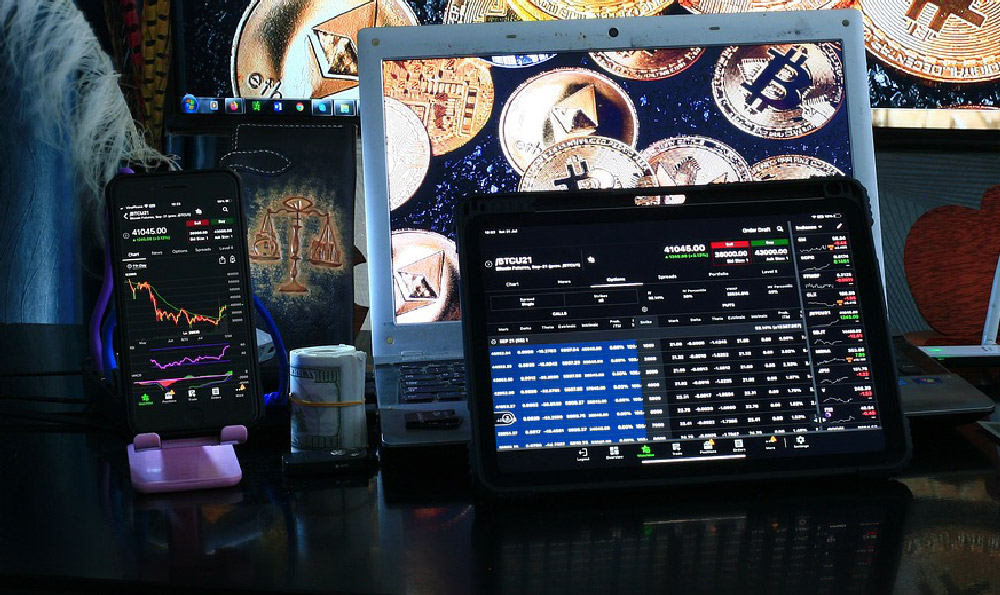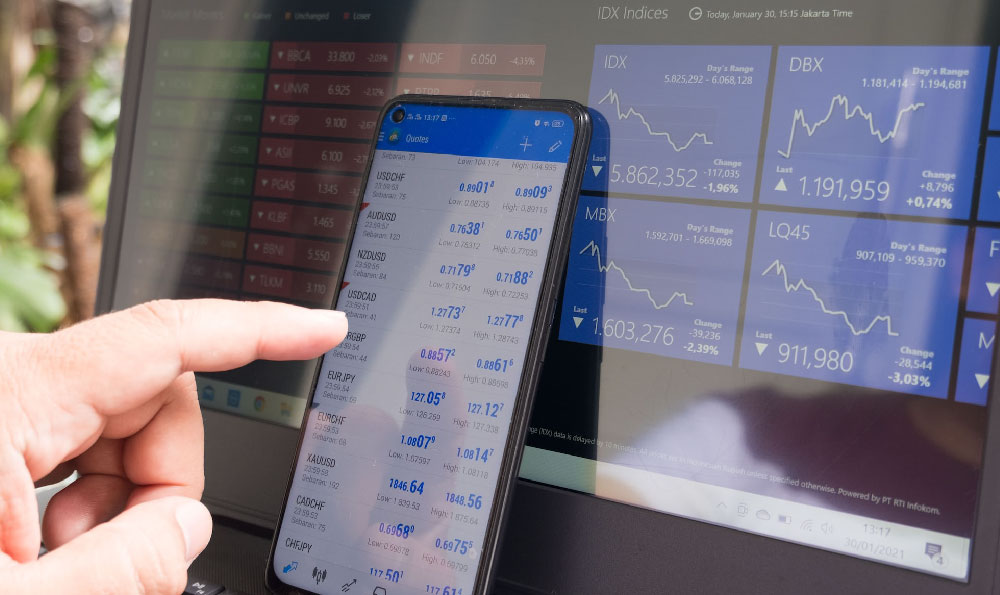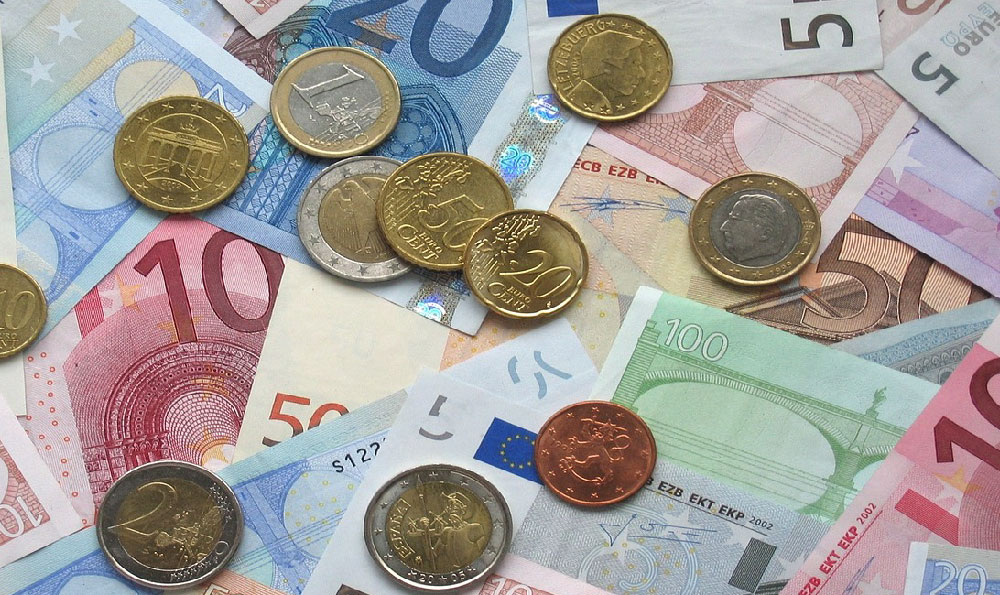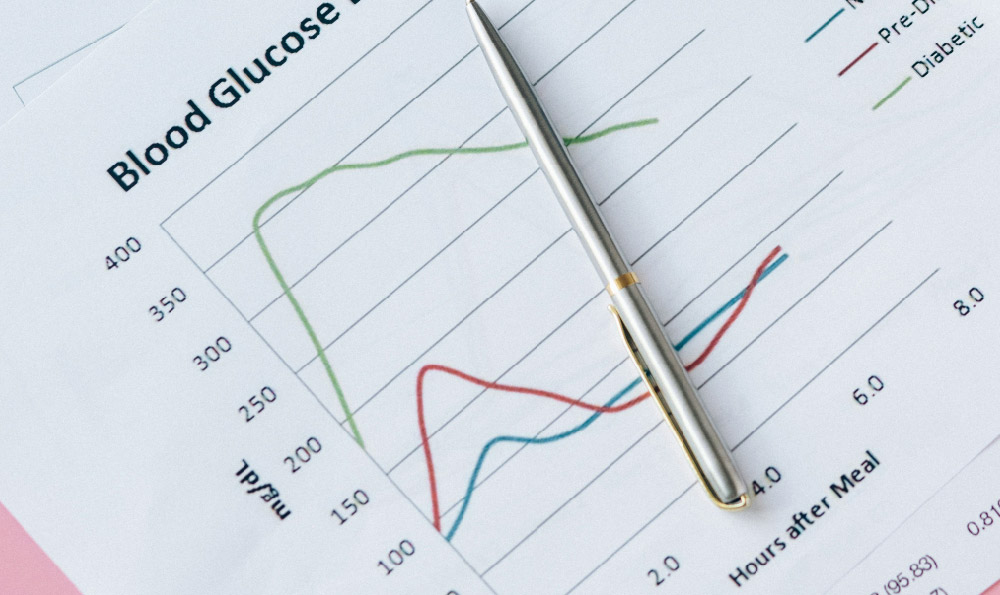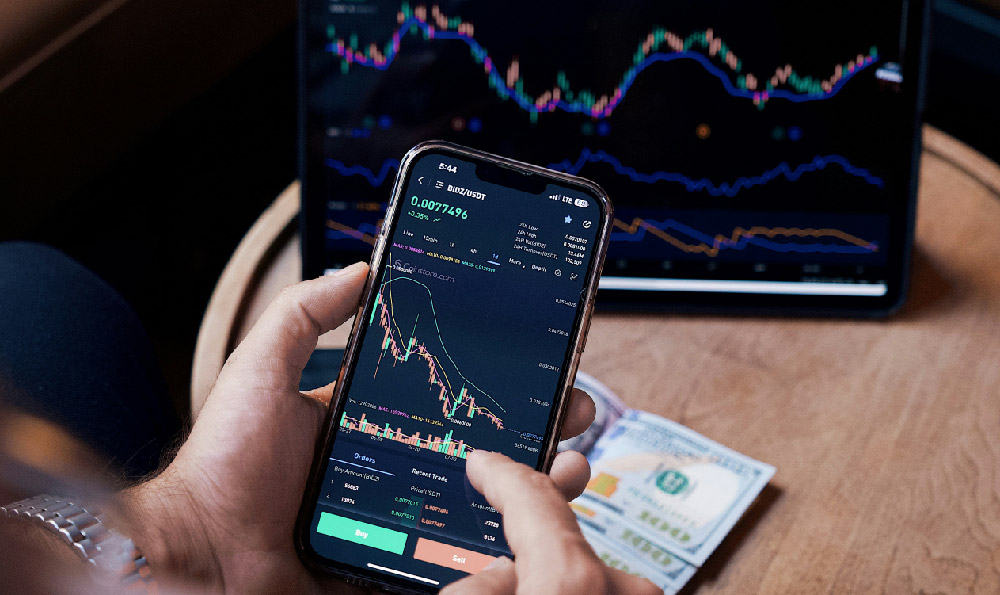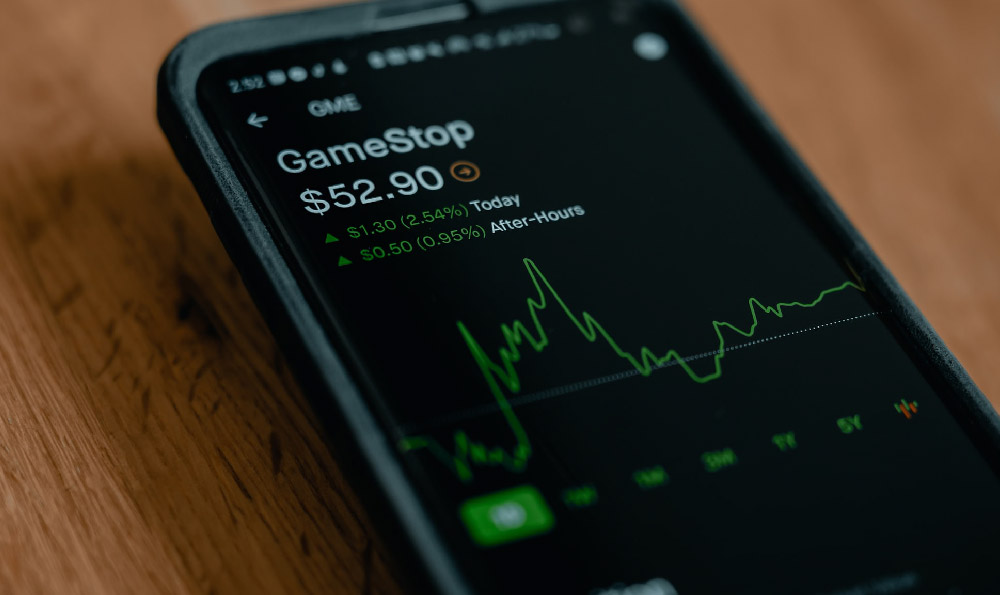Predicting the exact financial outcome of the Jake Paul vs. Mike Tyson fight is a complex undertaking, fraught with uncertainty. Many variables influence the final figures, including pay-per-view buys, ticket sales, sponsorships, merchandise revenue, and the specific terms negotiated between the fighters and event organizers. However, by examining comparable events and considering the unique factors at play, we can attempt to estimate the potential payout.
One of the biggest drivers of revenue in modern boxing and combat sports is pay-per-view (PPV). The success of a fight hinges heavily on its ability to attract a large audience willing to pay to watch it live. Looking at previous high-profile boxing matches and Jake Paul's past fights can provide a baseline. Events like Floyd Mayweather vs. Conor McGregor, while outliers, demonstrate the potential for astronomical PPV numbers when crossover appeal is maximized. More realistically, recent high-profile boxing matches featuring popular fighters like Canelo Alvarez or Tyson Fury generate somewhere in the range of 800,000 to 1.5 million PPV buys.
Jake Paul's previous fights offer a more direct comparison. His bout against Tommy Fury, while a loss for Paul, reportedly generated around 500,000 PPV buys. His fights against retired MMA fighters like Ben Askren and Tyron Woodley likely garnered similar numbers. The key difference here is the opponent: Mike Tyson. Tyson's name recognition transcends generations. He is arguably one of the most recognizable figures in boxing history, and his participation adds a significant layer of nostalgia and curiosity that Paul's previous opponents lacked.

Given Tyson's enduring popularity and the immense publicity surrounding the event, it's reasonable to expect the PPV buys to exceed those of Paul's previous fights. A figure between 1.5 million and 2.5 million PPV buys seems plausible. However, this is just an estimate, and several factors could influence the actual number. These include the pricing of the PPV event, the quality of the undercard fights, and the effectiveness of the pre-fight marketing campaign. Negative press or perceived lack of competitiveness could depress sales, while positive buzz and strong promotional efforts could boost them.
Ticket sales are another crucial component of the revenue stream. The venue's capacity and the price of tickets will directly impact the total gate revenue. Assuming a large stadium venue and tiered pricing, ranging from relatively affordable seats to premium ringside positions, the gate could potentially generate tens of millions of dollars. However, this will depend on the demand for tickets and the event organizers' ability to fill the stadium. Location also plays a role; a venue in a major metropolitan area known for boxing enthusiasm will likely generate more revenue than a less prominent location.
Sponsorship deals represent another significant source of income. High-profile boxing matches attract a variety of sponsors eager to associate their brands with the event. The value of these sponsorships depends on the reach and visibility of the fight. Given the widespread media coverage and the star power of both fighters, the Paul vs. Tyson fight is likely to attract lucrative sponsorship deals from companies in various industries, including sports apparel, energy drinks, and online betting platforms.
Merchandise sales, while a smaller piece of the pie compared to PPV and sponsorships, can still contribute significantly to the overall revenue. T-shirts, hats, posters, and other memorabilia featuring the fighters' likenesses and the event logo will be sold before, during, and after the fight. The success of merchandise sales will depend on the appeal of the designs and the effectiveness of the marketing efforts.
Now, let's consider how this revenue might be distributed between Jake Paul and Mike Tyson. The specific terms of their agreement are confidential, but we can make some educated guesses based on industry norms and the relative negotiating power of each fighter. Tyson, despite his age, brings immense historical value and is the main draw for a significant portion of the audience. Therefore, he likely negotiated a guaranteed purse and a percentage of the PPV revenue. Paul, while a popular figure in his own right, benefits immensely from fighting Tyson, which significantly elevates his profile and earning potential.
A possible scenario could involve Tyson receiving a guaranteed purse in the tens of millions of dollars, perhaps $20 million or more, along with a percentage of the PPV revenue, possibly in the range of 30-40%. Paul might receive a slightly smaller guaranteed purse, perhaps $10-15 million, but potentially a larger percentage of the PPV revenue, possibly 50-60%, to incentivize him to promote the fight aggressively and deliver a compelling performance. These are just speculative figures, and the actual split could vary significantly depending on the specific negotiations.
Ultimately, predicting the exact payout is impossible without access to the confidential agreements. However, considering the factors outlined above, it's reasonable to estimate that the event could generate hundreds of millions of dollars in revenue. Both Jake Paul and Mike Tyson stand to make a substantial amount of money from this fight, solidifying their positions as major players in the world of combat sports. The event's financial success will depend on its ability to capture the attention of a broad audience, leveraging the nostalgia surrounding Mike Tyson and the controversial appeal of Jake Paul.



